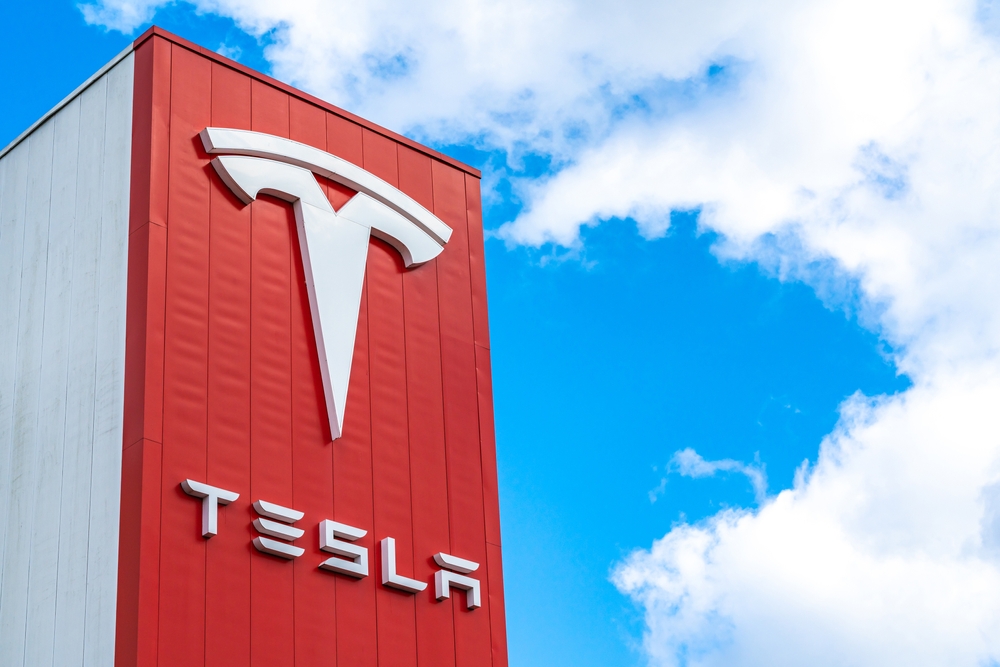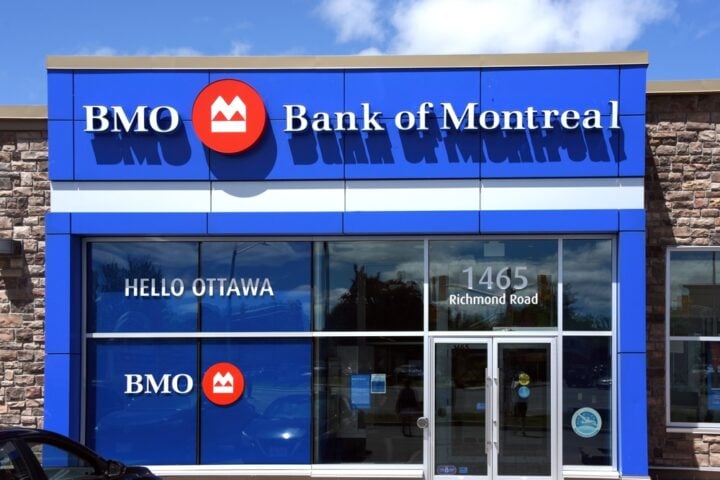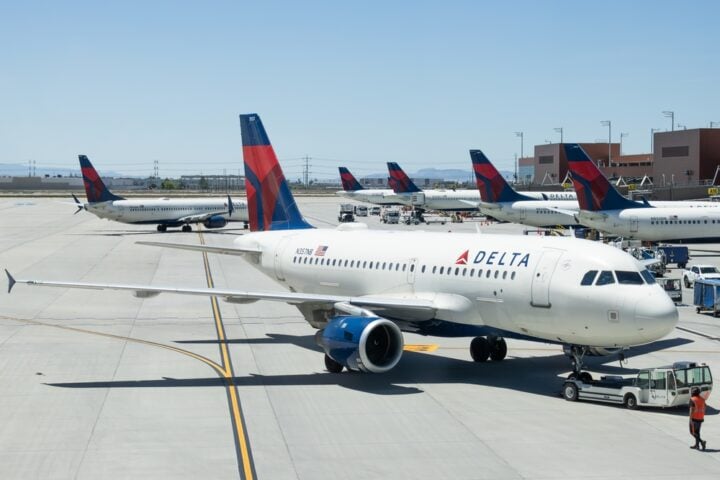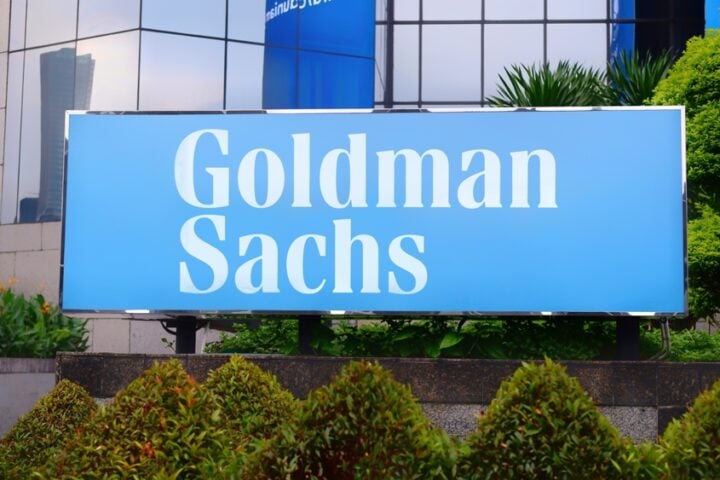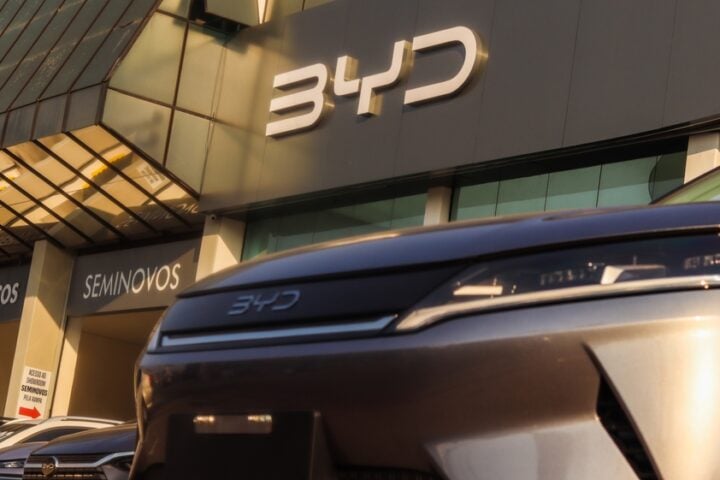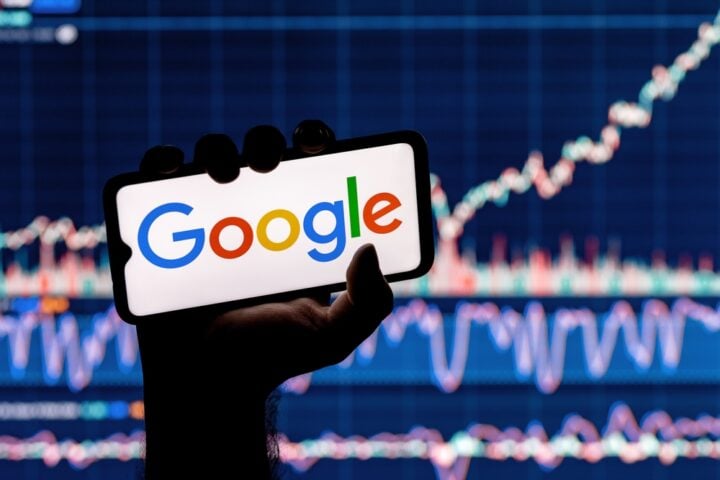At Tesla’s eagerly awaited event on Thursday, CEO Elon Musk introduced bold visions for the future of autonomous vehicles, including a driverless “Cybercab,” a robovan, and even dancing humanoid robots. Held at Warner Bros. Studios, the event dazzled with theatrics, but lacked the depth investors were hoping for. This absence of concrete details about Tesla’s strategic path forward triggered an 8% drop in Tesla’s stock on Friday, reflecting uncertainty about the feasibility of Musk’s latest promises.
Big Promises, Few Details
Musk’s presentation featured a sleek, silver two-door Cybercab prototype, promising fully autonomous models by 2026, priced under $30,000. Alongside this, he revealed a robovan designed to transport 20 people, envisioning a future where parking lots give way to parks. He also claimed that Tesla’s popular Model 3 and Model Y would operate without driver supervision in Texas and California by next year.
However, despite the vibrant atmosphere, complete with electronic dance music and robots serving drinks, some analysts felt the event was more show than substance. Investors were left questioning how Tesla plans to monetize its autonomous technology, with critical details missing from the presentation.
Investor Reactions: Market Concerns Push Shares Down
The reaction on Wall Street was swift. Tesla’s stock tumbled nearly 10% during Friday trading before closing down 7.8%. This decline contrasted sharply with a 40% rally seen since April, when Musk first pivoted towards a focus on robotaxis. Despite the recent rise, Tesla’s shares remain down 9% over the past year, even as the broader S&P 500 index has surged by 33%.
Ross Gerber, CEO of Gerber Kawasaki Wealth and Investment Management and a long-time Tesla investor, voiced his disappointment with the event. “His vision is lovely, but somebody has to actualize it,” said Gerber. “For now, for the next 24 months, Tesla has to sell EVs.” He emphasized that while the Cybercab and robovan might be exciting concepts, investors were hoping for a more immediate, practical vehicle at a lower price point.
Technological Hurdles: Is Tesla Ready for Full Autonomy?
Musk has consistently positioned Tesla as being on the brink of achieving full autonomy. However, experts and industry watchers remain skeptical. Tesla’s autonomous technology relies on AI and camera-based systems, lacking the more expensive but safer redundant systems used by competitors like Waymo.
“Tesla software is at least years behind where Waymo is,” said Matthew Wansley, a law professor at Cardozo School of Law. “No flashy vehicle design is going to change that.” The challenge of identifying and addressing system failures adds complexity, particularly when it comes to gaining regulatory approval.
Ramesh Poola, co-chief investment officer at Creative Planning, admired the presentation’s ambition but acknowledged the hurdles. “There are lots and lots of avenues to monetize this technology,” Poola said, but he cautioned that widespread adoption of robotaxis might be three to four years away, as Tesla navigates regulatory landscapes.
Competition and the Path Forward
Tesla faces stiff competition in the race for autonomous driving dominance. Established players like Waymo and General Motors’ Cruise take a more cautious approach, employing additional safety features that Tesla currently lacks. This difference in strategy could pose a challenge for Tesla as it seeks to launch a driverless taxi service on a large scale.
While Musk focuses on scaling rapidly and reducing costs, this strategy carries risks. Tesla’s simplified approach to autonomous driving might appeal to budget-conscious consumers, yet safety concerns and regulatory scrutiny could slow down its rollout. Analysts suggest that Tesla’s self-driving cars must reach a level of reliability acceptable to regulators before achieving full autonomy.
Missing the Mark: Investor Expectations vs. Reality
Musk’s grand vision for Tesla’s shift to autonomous driving left many investors wanting more specifics. Notably, there was no mention of the app required to support the robotaxi service, nor a detailed timeline for achieving regulatory approvals. This lack of clarity led to doubts about whether Tesla could meet its aggressive goals.
Tasha Keeney, director of investment analysis at ARK Investment Management, was optimistic about the timeline for an unsupervised Full Self-Driving (FSD) system in Texas and California. However, she admitted that more detailed information would be crucial for supporting Musk’s ambitious claims.
The Road Ahead: Can Tesla Deliver on Its Promises?
Tesla’s Hollywood event highlighted Musk’s vision, but turning that vision into reality will require overcoming significant obstacles. The company must refine its technology, secure regulatory approvals, and continue to focus on selling its existing lineup of electric vehicles to sustain revenue.
While Tesla’s plans for driverless vehicles could reshape the market, the timeline for widespread adoption remains uncertain. Analysts believe that the pressure is on for Tesla to deliver cutting-edge technology that meets safety standards, while keeping investors and consumers on board with the company’s evolving ambitions.
Elon Musk’s latest presentation painted a bold picture of Tesla’s future in autonomous driving, but the lack of detailed planning left investors cautious. As Tesla aims to dominate the autonomous market with cost-effective robotaxis, it faces the challenge of addressing regulatory concerns and technological shortcomings. The company’s success will depend on its ability to transform ambitious ideas into practical solutions, delivering on promises that could redefine urban transportation.


